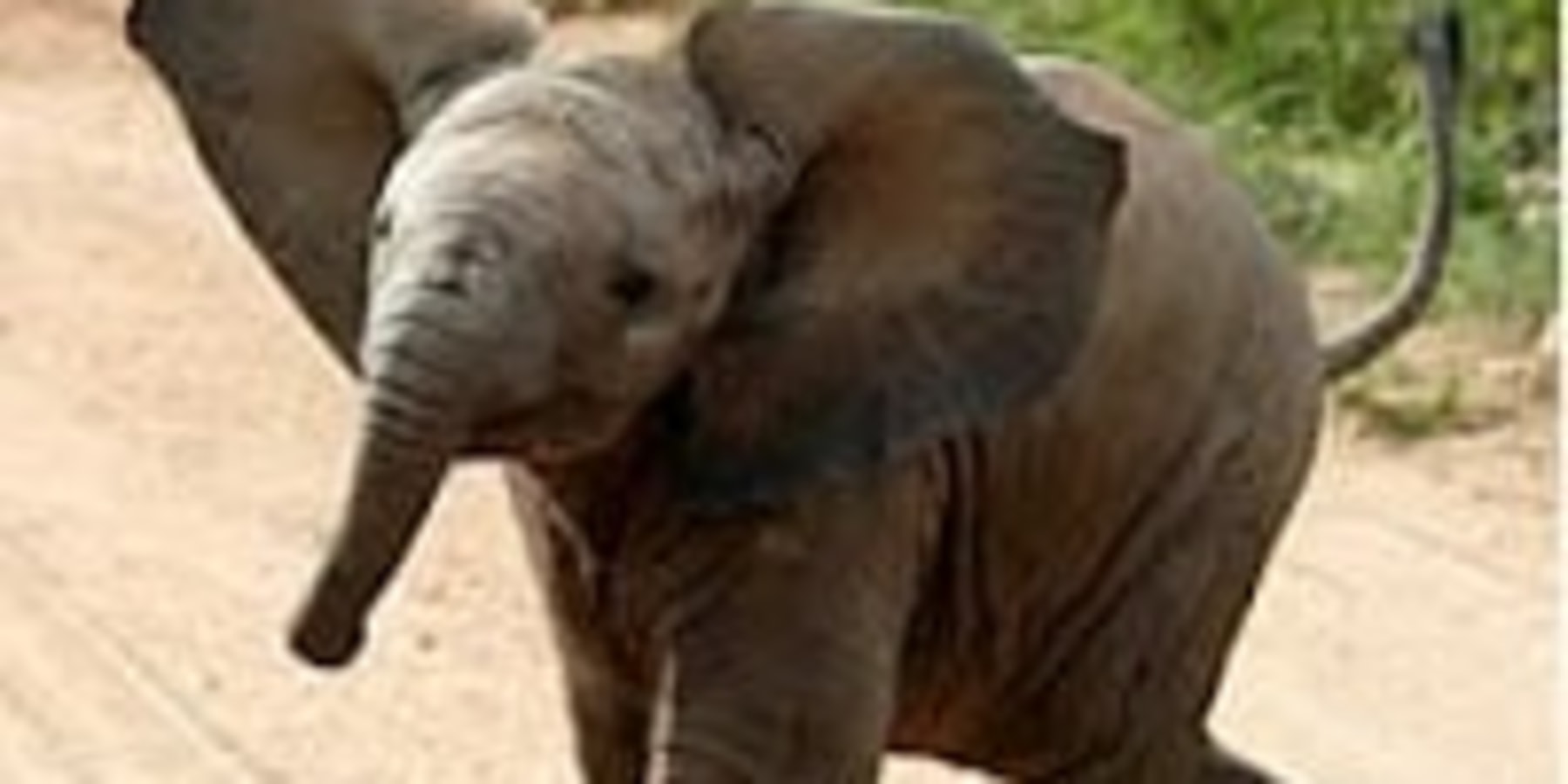
YOUNG ELEPHANTS
Elephants are the biggest land mammals weighing about 7000 kg with the height of about 4m; they are a member of the African big five, of the two species we have the African bush Elephant or the dangerous African Bush Elephant (Laxodonta Africana) is larger among the two species great savannah elephant and the African forest elephant are grouped as one species. Their gestation period is 2 years the birth takes place during the wet seasons calves are born 85 Centimeters tall and weigh about 125 Kg only a single baby is born but in some cases twin. For the first few days, the newborn is unsteady on its feet, and needs the support of its mother. It relies on touch, smell and hearing, as its eyesight is poor. It has little precise control over its trunk, which wiggles around and may cause it to trip. By its second week of life, the calf can walk more firmly and has more control over its trunk. After its first month, a calf can pick up, hold and put objects in its mouth, but cannot suck water through the trunk and must drink directly through the mouth. It is still dependent on its mother and keeps close to her. By nine months, mouth, trunk and foot coordination is perfected. After a year, a calf's abilities to groom, drink, and feed itself are fully developed. It still needs its mother for nutrition and protection from predators for at least another year. Suckling bouts tend to last 2–4 min/hr for a calf younger than a year and it continues to suckle until it reaches three years of age or older.
Like in normal human families it’s a tradition when a new born arrives they are welcomed with joy and happiness, baby elephants too are welcomed with joyful trumpeting. For the first few days into the new world the baby prefers to stay hidden under the mother’s stomach where it’s easy for them to suckle. Just like young kids, when the baby elephant becomes unruly the mother pricks him with the trunk and push them with the head, if that doesn’t seem to succeed the baby get a spank with the mothers trunk.
Elephant walk for miles and miles in search of greener pasture and water, during this long journey the baby’s use their trunk to hold on the their moms tail not that they may get lost but to keep up with the pace. The young ones of the same age intermingle during the water and grazing stopovers, this is when a lot of them get a chance to play and relax.
The calves are usually the center of attention of the whole herd; it’s in any elephant duty to safe guard the babies. When the predators are near by the whole herd gather together with the young one in the center.
Elephants attach without warning and can kill other wild animals too; they are capable of rescuing their calves and also other animals from the danger. Now if elephant attacks you make some noises and run for your life climb a tree if there is one calling out for help. It’s good to stay away from the wild elephant as much possible as you can their attack will almost live you dead.
Written by Kenneth Wambugu.

